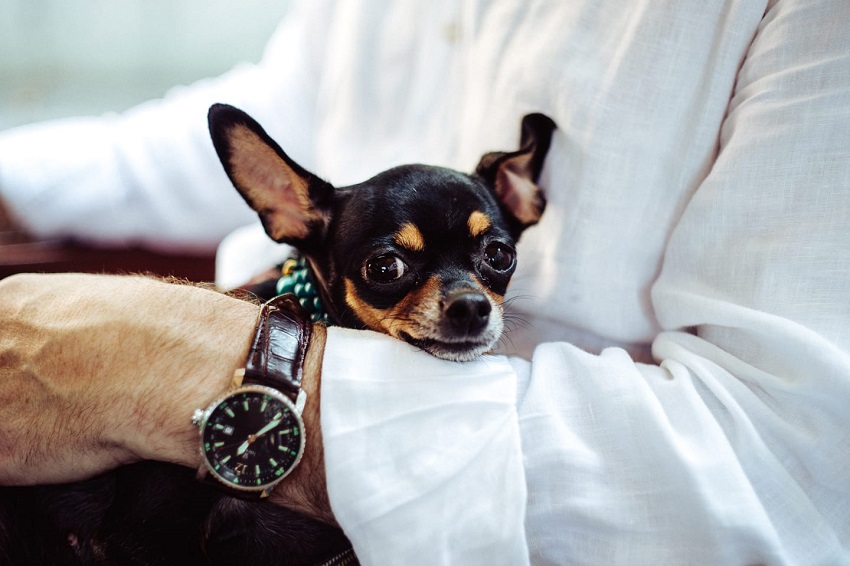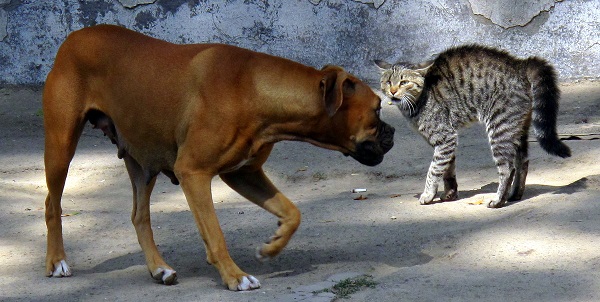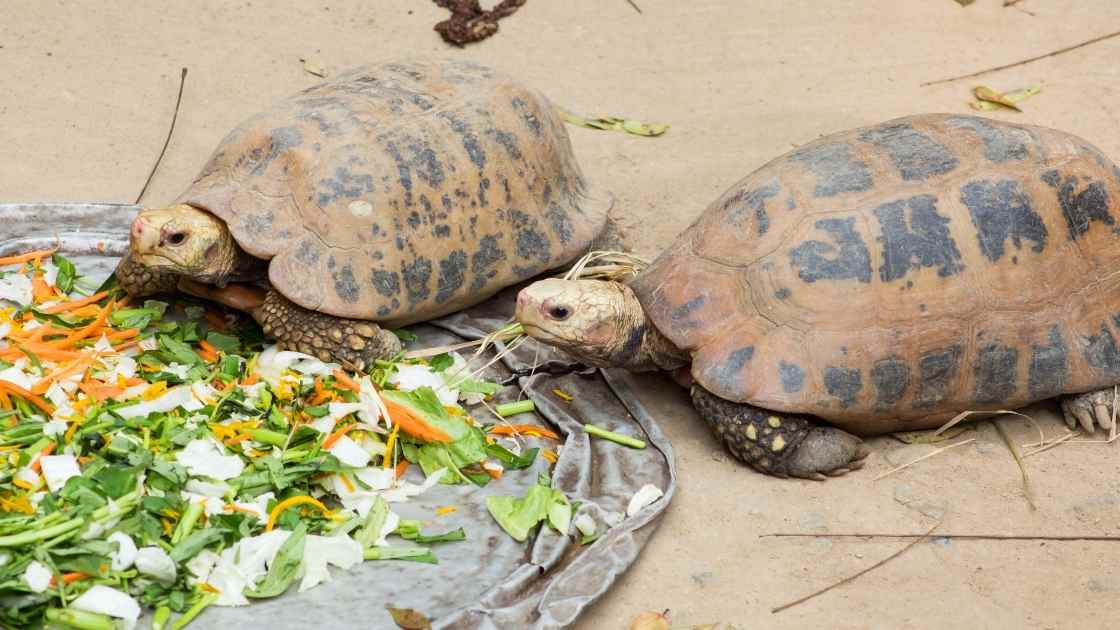Understanding Feline Behavior: Why Do Cats Bite When You Pet Them?
Have you ever found yourself lost in the soothing rhythm of petting your cat, only to be abruptly interrupted by a sharp nip or bite? Why do cats bite when you pet them? It’s a question that many cat owners grapple with, often feeling confused or even hurt by their feline friend’s unexpected behavior.
We delve into the intricate world of cat communication to unravel the mystery behind these love bites. From understanding subtle body language cues to decoding the controversial “love bite,” we aim to shed light on the reasons behind this common yet perplexing behavior.
Understanding Cat Communication
Cats Speak a Different Language
Cats are masters of non-verbal communication, relying heavily on body language to convey their thoughts and feelings. A flick of the tail, a twitch of the ears, or the dilation of pupils all hold significant meaning in the feline world.
Beyond Meows and Purrs
While meows and purrs are familiar sounds in a cat owner’s repertoire, growls and hisses serve as important warnings of discomfort or agitation. Biting, too, is a form of communication for cats, expressing a range of emotions from playfulness to irritation.
Reasons Why Cats Bite When Petted
Overstimulation
When Affection Turns to Annoyance Why do cats bite when you pet them? One common reason is overstimulation. Just like humans, cats have a threshold for affection, and when crossed, petting can quickly transition from enjoyable to irritating. Look out for signs of twitching tails or flattened ears, indicating that your cat may be reaching their limit.
Misdirected Play Behavior
When Cuddles Turn into Hunting Kittens learn vital bite inhibition through play, but sometimes these playful nibbles can carry over into adulthood. When your cat suddenly turns your hand into a target during a petting session, it might be a case of misdirected play behavior. Redirecting their attention to appropriate toys can help channel their energy in a more acceptable manner.
Medical Issues
Discomfort Disguised as Displeasure Occasionally, biting during petting might be a symptom of an underlying medical issue. Conditions like arthritis or dental problems can cause discomfort, leading your cat to lash out when touched. If your cat’s biting behavior is sudden or persistent, it’s essential to consult with a veterinarian to rule out any potential health concerns.
Decoding the “Love Bite”
The Controversy of the Love
The term “love bite” often evokes images of gentle affection, but in the realm of cat behavior, it’s a subject of debate. Some believe that these tender nips are a sign of fondness and closeness between cat and owner, while others argue that they may simply be a result of overstimulation.
How to Interpret Your Cat’s Bite
Deciphering whether your cat’s bite is an expression of love or discomfort requires careful observation. Pay attention to accompanying body language cues; if your cat seems relaxed and content, it’s more likely a gesture of affection. Context is also crucial – was your cat actively seeking attention before the bite occurred?
Building a Better Bond: How to Pet Your Cat Without Getting Bitten
Learn Your Cat’s Language: Pay Attention to Body Language
To avoid triggering a bite, it’s essential to tune into your cat’s subtle signals. Observe their body language closely and stop petting before signs of agitation appear. Letting your cat take the lead in initiating contact can also help maintain a harmonious interaction.
Respect Boundaries: Focus on Preferred Areas
Every cat has their preferences when it comes to petting. Discover which areas your cat enjoys, whether it’s gentle head scratches or chin rubs. Avoid sensitive spots like the belly or paws, as these can elicit an adverse reaction.
Positive Reinforcement: Make Petting a Rewarding Experience
Transform petting into a positive and rewarding experience for your cat. Incorporate petting sessions into playtime or offer affection as a reward for good behavior. By associating petting with pleasant experiences, you can reinforce calm and gentle interactions with your feline companion.
FAQs
Why do cats bite suddenly when being petted?
Cats may bite suddenly when being petted due to overstimulation, discomfort, or as a form of communication to express their boundaries.
Is biting a sign of aggression in cats when petted?
Biting can be a sign of aggression in cats when petted, especially if accompanied by other aggressive behaviors like hissing or growling. It’s essential to understand your cat’s body language and respect their boundaries.
How can I stop my cat from biting me when I pet them?
To stop your cat from biting when you pet them, try to observe their body language for signs of discomfort or overstimulation. If they start showing signs of agitation, stop petting them and give them space. Gradually teach them through positive reinforcement that gentle behavior is rewarded.
Do all cats bite when you pet them, and why?
Not all cats bite when petted, as each cat has its own personality and preferences. Some may enjoy petting without exhibiting any biting behavior, while others may have specific triggers that lead to biting. Understanding your cat’s individual behavior and respecting their boundaries is key to fostering a harmonious relationship.
Conclusion
The question of why do cats bite when you pet them encompasses a spectrum of reasons, ranging from overstimulation to misinterpreted signals of affection. By delving into the nuances of feline communication and behavior, we gain valuable insights into fostering a deeper bond with our beloved pets.
It’s crucial for cat owners to familiarize themselves with their cat’s unique language, paying close attention to both verbal and non-verbal cues. By respecting their boundaries and preferences, we can create an environment where interactions are mutually enjoyable and free of misunderstandings.
Ultimately, the journey of understanding and navigating cat behavior is an ongoing one, filled with moments of learning and growth. Through patience, empathy, and a willingness to communicate on their terms, we can forge a lasting and enriching relationship with our feline companions.
Call to Action
We invite you to share your experiences and insights into why do cats bite when you pet them in the comments below. By engaging in open dialogue, we can learn from each other’s stories and support one another in our journey as cat owners.
If you find that your cat’s biting behavior persists or escalates, we urge you to seek guidance from a qualified veterinarian. They can offer professional advice and assistance tailored to your cat’s specific needs, ensuring their health and well-being remain a top priority.
Together, let’s continue to nurture the bonds we share with our feline friends, fostering a relationship built on trust, understanding, and unconditional love.











